How to Adapt the Impact of the Climate Change on Marine Life Jackets
Table of Contents
Life jackets are critical for ensuring survival during maritime emergencies. As climate change alters the marine landscape, it significantly impacts the design, functionality, and usage of life jackets. This article explores how climate change is influencing marine life jackets and the necessary adaptations to enhance their effectiveness.
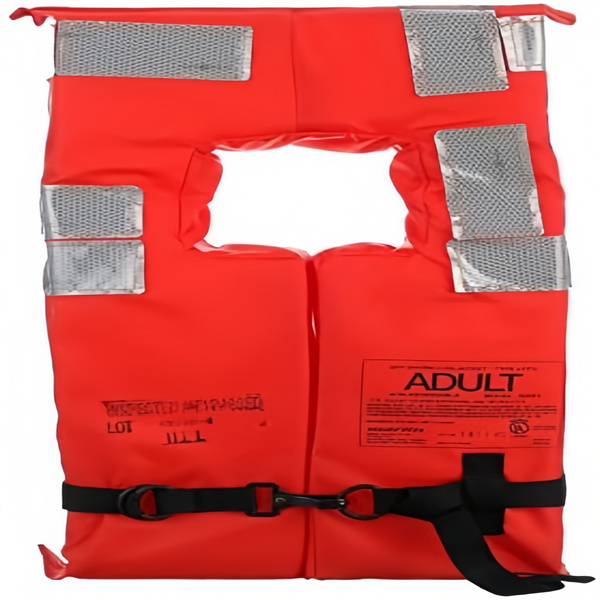
What are the Functions of Marine Life Jackets
This chart outlines the primary functions of marine life jackets, emphasizing their role in enhancing safety and survivability in marine environments.
| Function | Description |
| Buoyancy | Keeps the wearer afloat, ensuring their head remains above water. |
| Visibility | Bright colors and reflective materials increase the chances of being seen. |
| Thermal Protection | Insulates the wearer against cold water temperatures, reducing hypothermia risk. |
| Impact Protection | Provides cushioning to minimize injury from impact with debris or water entry. |
| Mobility Support | Designed to allow some degree of movement while maintaining safety. |
| Safety Harness Attachment | Equipped with attachments for harnesses to prevent drifting away from vessels. |
| Emergency Signal Aid | May include whistles, lights, or beacons to attract rescue attention. |
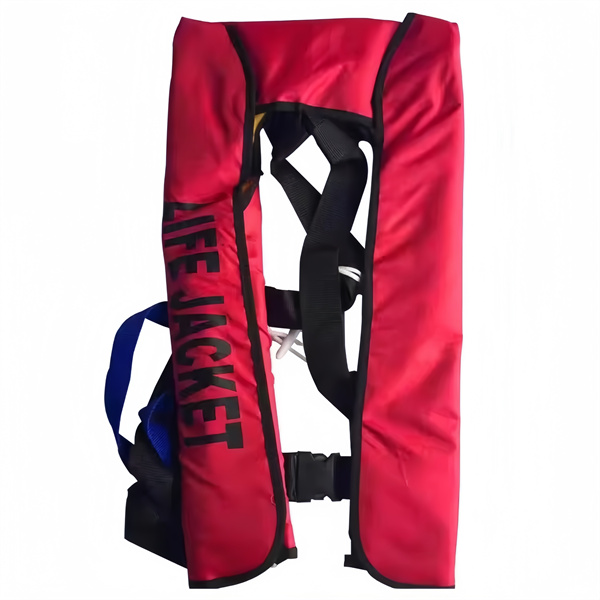
Necessary Adaption to Maintain the Effectiveness of Marine Life Jackets
1. Changing Ocean Conditions and Life Jacket Design
Climate change has led to more extreme weather events, including stronger storms, rising sea levels, and changing ocean currents. These altered conditions necessitate life jackets that can withstand more intense and unpredictable environments. Traditional life jacket designs may no longer be sufficient in providing the necessary buoyancy and durability in rougher seas.
Increased Buoyancy Requirements
As water salinity and temperature change, so does the buoyancy provided by life jackets. Designers are now focusing on creating life jackets that offer greater buoyancy to compensate for these changes, ensuring they remain effective in a wider range of ocean conditions.
- Smart Foam Technology: Traditional foam materials are being enhanced with smart technology that adjusts buoyancy based on water salinity and temperature. This ensures that life jackets provide optimal support in varying environments, from freshwater to highly saline seawater.
- Hybrid Buoyancy Systems: Combining traditional foam with air chambers that automatically inflate under certain conditions, these systems offer additional buoyancy when needed, especially in rough or unpredictable waters, which are becoming more common due to climate change.
Durability in Extreme Weather
With stronger storms becoming more common, life jackets must be more durable to withstand harsh conditions such as heavy rain, strong winds, and large waves. Materials that are resistant to tearing, abrasion, and prolonged exposure to the elements are becoming standard in life jacket construction.
- Abrasion-Resistant Materials: New fabrics and coatings are being developed to resist wear and tear from rough seas, saltwater corrosion, and UV exposure, ensuring life jackets remain durable over time.
- Corrosion-Resistant Components: Metal parts, such as zippers and buckles, are being replaced or coated with corrosion-resistant materials to prevent rust and ensure the life jacket remains functional even after prolonged exposure to saltwater.
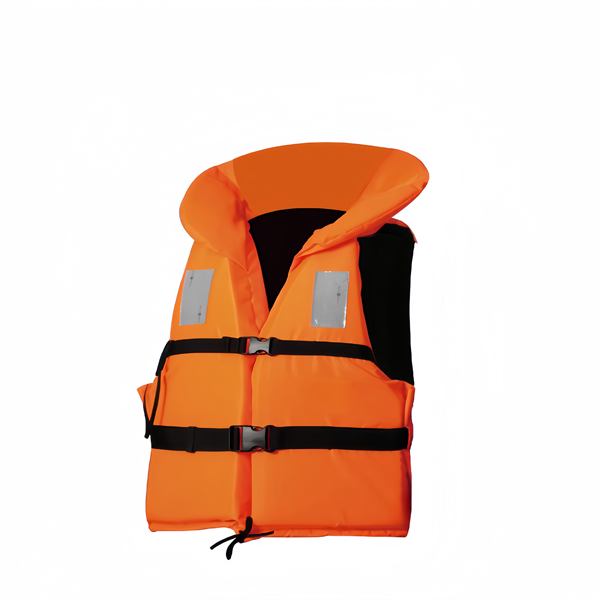
2. Adaptation to Rising Sea Levels
Rising sea levels pose a direct challenge to marine safety. As sea levels increase, so does the potential for flooding and other maritime emergencies. Life jackets must be designed to remain effective in environments where they may be submerged for longer periods or used in floodwater scenarios.
Flood-Resistant Designs
Life jackets are increasingly being designed to perform well not just in open ocean but also in coastal and inland flood scenarios. This includes features like rapid inflation mechanisms and better water drainage systems to keep the wearer afloat and comfortable.
Visibility Enhancements
In higher sea levels and more turbulent waters, the visibility of a person in distress becomes even more critical. Modern life jackets are now incorporating high-visibility colors, reflective materials, and built-in lighting systems to improve the chances of rescue in adverse conditions.
- High-Intensity LED Lights: Life jackets now feature powerful LED lights that automatically activate when in contact with water. These lights can flash in patterns to signal distress and improve visibility in dark or stormy conditions.
- Reflective Nanotechnology: Using advanced nanomaterials, life jackets are being designed with highly reflective surfaces that enhance visibility from greater distances. These materials remain effective even when wet or covered in debris.
3. Integration of Advanced Technology for Enhanced Safety
As climate change leads to more frequent and severe maritime emergencies, there is a growing need for life jackets that incorporate advanced technology. These innovations aim to improve rescue operations and ensure that individuals are quickly located and recovered in the event of an emergency.
GPS and Communication Systems
Newer life jackets are being equipped with GPS trackers and communication devices that can send distress signals directly to rescue teams. This technology is especially crucial in severe weather conditions where traditional search and rescue efforts may be hindered.
- GPS Tracking: Life jackets equipped with GPS transmit the wearer’s location to rescue teams, making it easier to locate them in large bodies of water, especially in low-visibility conditions.
- Two-Way Communication Devices: Some life jackets now include built-in radios or satellite communication systems, allowing the wearer to send distress signals or communicate directly with rescuers.
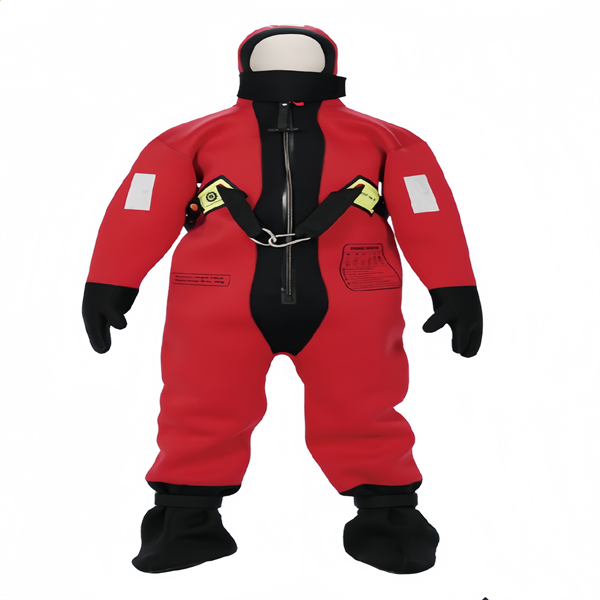
Temperature Regulation Features
With climate change causing more extreme temperatures, life jackets are being designed with materials that help regulate body temperature, protecting the wearer from hypothermia in cold waters or heat exhaustion in warmer conditions.
- Insulating Materials: Life jackets now incorporate insulating layers that help regulate the wearer’s body temperature, providing protection against hypothermia in cold waters and heat stress in warmer environments.
- Thermal Reactive Fabrics: Thermal marine life jackets can respond to the surrounding temperature, expanding or contracting to provide optimal insulation based on the environment, ensuring comfort and safety in a range of conditions.
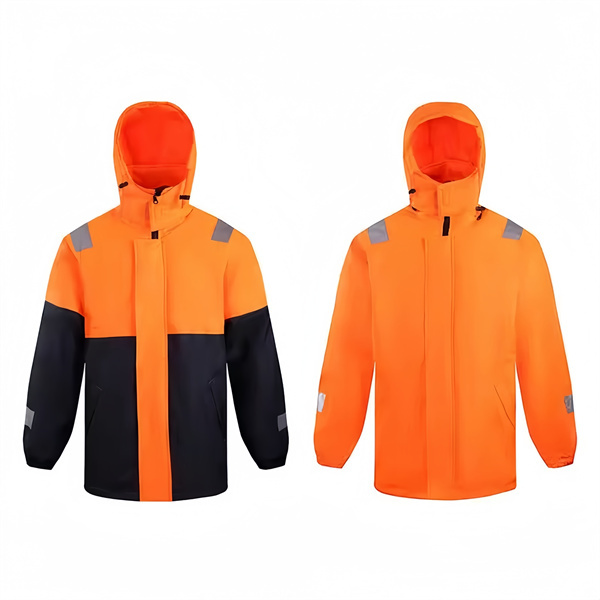
Smart Sensors and Automation
Integrating smart technology into life jackets is a significant innovation, providing real-time data and automated responses in emergency situations.
- Automatic Inflation Mechanisms: Many modern life jackets feature sensors that detect when a person is submerged, automatically triggering inflation. This technology is crucial in situations where the wearer is unconscious or unable to inflate the jacket manually.
- Integrated Sensors: Sensors that monitor water temperature, salinity, and the wearer’s vital signs can be embedded in life jackets. These sensors provide valuable data that can be transmitted to rescue teams, improving response times and decision-making during rescues.
Automated Self-Inflation and Emergency Features
Automated features in life jackets are becoming more sophisticated, ensuring immediate activation in emergencies, which is crucial in the unpredictable conditions brought on by climate change.
- Water-Activated Inflation: Modern life jackets come equipped with water sensors that automatically trigger inflation when submerged, providing instant buoyancy without user intervention, which is especially vital if the wearer is unconscious.
- Emergency Beacon Integration: Some life jackets now include built-in emergency beacons that activate upon inflation, sending distress signals to nearby vessels or coast guards, significantly improving rescue response times.
4. Environmental Considerations in Life Jacket Manufacturing
Climate change has also spurred a focus on the environmental impact of life jacket production. There is a growing movement towards using sustainable materials and manufacturing processes that reduce the carbon footprint of safety equipment.
Eco-Friendly Materials
Life jacket manufacturers are increasingly using biodegradable and recyclable materials to reduce environmental impact. These materials must still meet stringent safety standards while being kinder to the planet.
- Biodegradable Materials: Research is focused on creating life jackets from biodegradable materials that decompose naturally without harming marine ecosystems if lost at sea.
- Recyclable Components: Designers are incorporating recyclable plastics and metals into life jackets, making it easier to recycle the products at the end of their life cycle, reducing waste and environmental footprint.
Sustainable Manufacturing Processes
Companies are adopting greener manufacturing processes, such as reducing emissions during production and minimizing waste. This shift not only supports environmental goals but also aligns with the increasing demand for sustainable products in the marine industry.
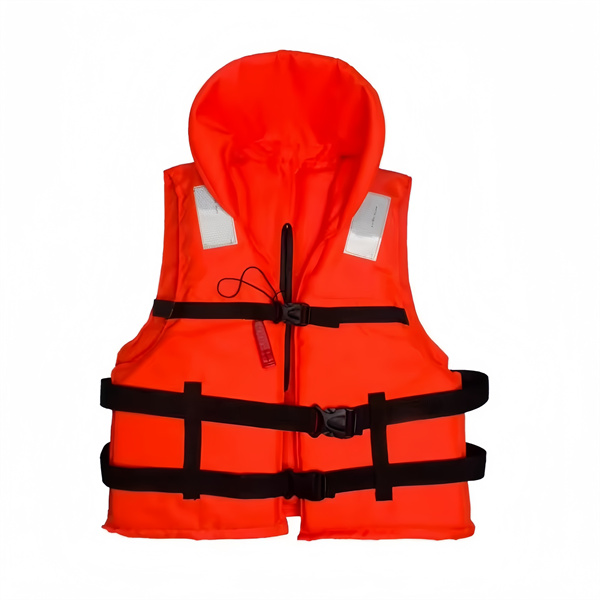
In summary, as ocean conditions continue to evolve, marine life jackets must be adapted to meet the new challenges posed by stronger storms, rising sea levels and more extreme temperatures. Through incorporating advanced technology, improving durability, and embracing sustainable practices, the marine industry is working to ensure that life jackets remain an effective and essential tool for survival.

